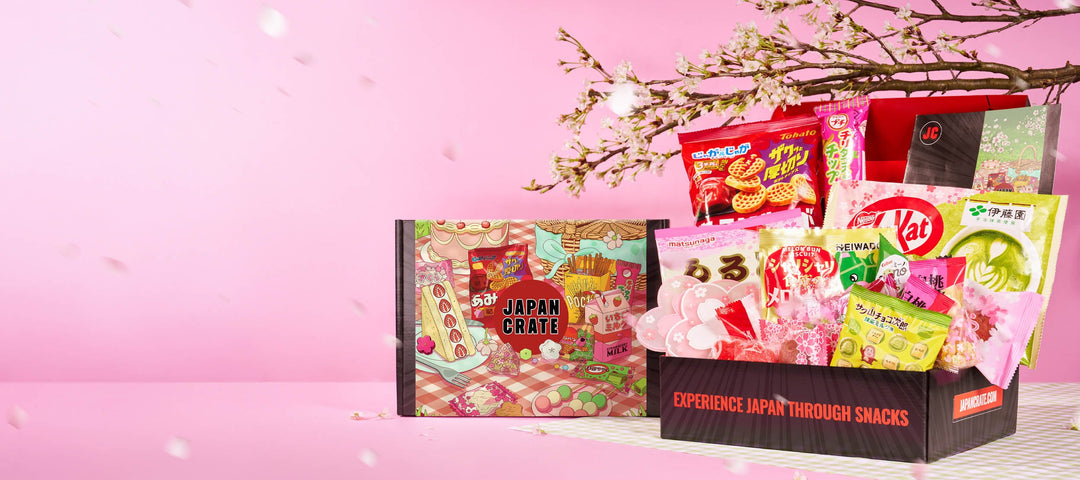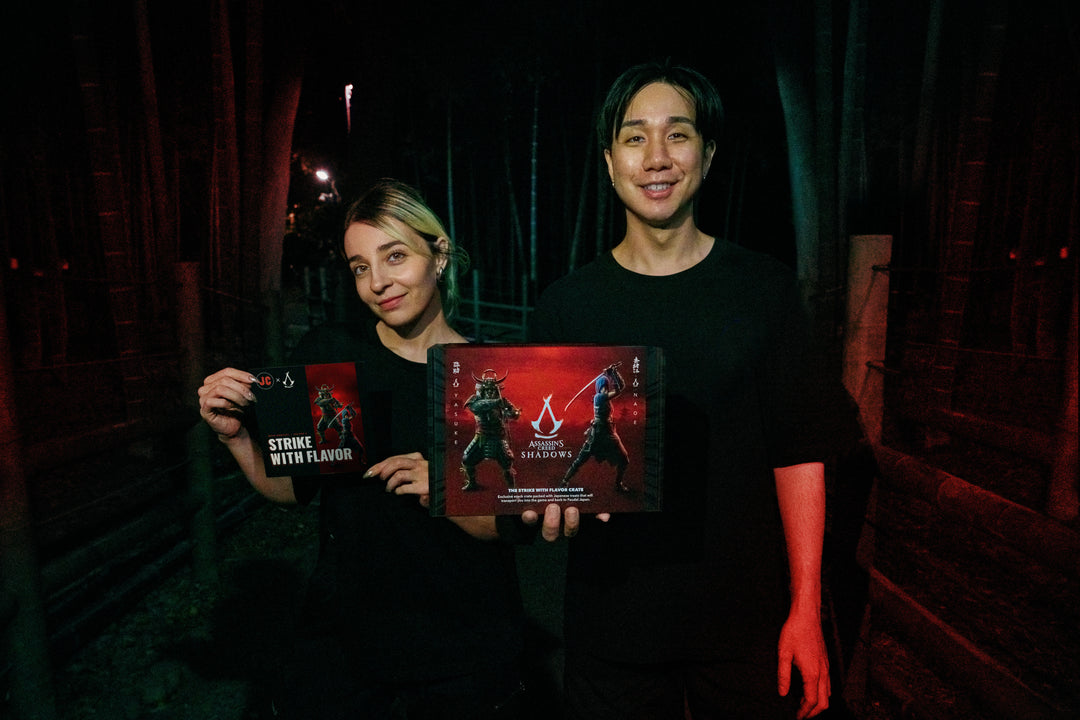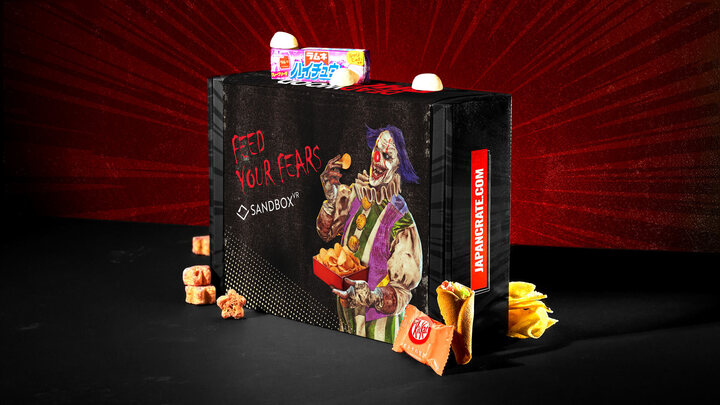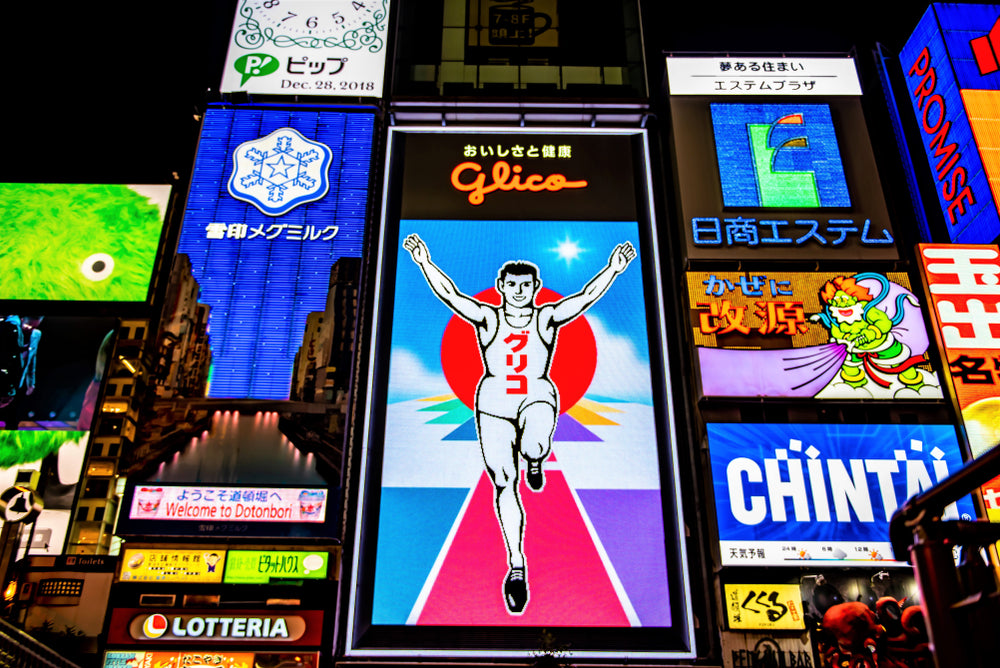History of Kawaii: Exploring Japan's Adorable Culture

The Japanese word "kawaii" is undoubtedly familiar to everyone who is knowledgeable about Japanese popular culture. Kawaii, which translates to "cute," can be used to describe a wide range of things, both live and inanimate. Perhaps Japanese anime, manga characters, sweet lolita fashion, or pop culture interests you? Then you may know some about the word kawaii or "cute" in Japan. In fact, cuteness is so deeply ingrained in Japanese modern culture that you can find it in all shapes and sizes, from guro-kawaii (grotesque-cute or gross cute) and ero-kawaii (erotic cute) to kimo-kawaii (creepy-cute) and busu-kawaii (ugly-cute). Japanese pop stars or pop icons act, talk, and dress cutely to be considered kawaii. The kawaii concept first appeared as a uniquely Japan's culture move, but it quickly developed into the widespread phenomenon it is now, permeating many facets of contemporary life, such as cute handwriting, Japanese art, fashion, technology, picture bento, and even cuisine.
What is Kawaii?

In Japanese, the term "kawaii" means "cute." It defines everything that makes one feel tender merely by looking at or experiencing it. It can refer to something "little" and "adorable" at times. It can also denote other adjectives like "beautiful," "childlike," or even "shy," in fact, it can refer to any cute "kawaii" persona. In Japan, anything can be made cute, including delicacies, construction fences, toys, and signage. Even an adorable mascot represents every local tourism board in each prefecture!
What is Japanese Kawaii Culture?

Japanese kawaii culture typically refers to popular Japanese culture. It comprehensively covers a variety of topics, such as pastel colors, character cafes, fashion trends, well-known anime characters, animal mascots, and more. In order to bring in more foreign visitors, the Japanese government has formally approved it as a tourism policy. Kawaii culture is prevalent throughout Japan because "cuteness" is regarded as being innocent, alluring, and joyful. Moreover, sounds and announcements in Japan frequently have adorable tones. There are also lots of chibi mascots and cute emojis on social media.
For a very long time, kawaii culture has been closely linked to Japan's kawaii aesthetic and spirits. However, even though kawaii culture in Japan has a long history, its definition and core cultural elements are constantly changing. While there are enduring, widely accepted core ideas of what constitutes cute, what is currently considered kawaii may not be so in ten years. Japanese people standards of cuteness and kawaii-related trends change just like beauty standards do.
The Origins of Kawaii Culture
In the Taisho Era (1912–1926), the phrase "kawayushi," which denotes being ashamed, bashful, vulnerable, endearing, and little, evolved into the word "kawaii." Although the current word still has this connotation, it has expanded to include love, care, and protection sentiments. Additionally, Kawaii culture has its roots during the student revolt of the 1960s and 1970s, the next significant event in Kawaii's chronology. It was partially sparked by a different writing called marui-ji trend, which saw teenage Japanese girls utilize mechanical pencils and embellish their writing style with round characters like hearts, stars, and more (round writing).
But what was the other significant factor, by any chance? Hello Kitty, the most well-known Sanrio character, born in 1974, has promoted Japanese kawaii culture. One of the most well-known cats in the world, Hello Kitty now has over 50,000 product lines available in 130 nations. Hello Kitty is the model example of this culture: a charming character with excessively large eyes and head, a tiny nose, and few facial expressions. Because of her expressionless demeanor, she could receive practically any feeling, making her a very well-liked character that crosses gender and age boundaries.
The Evolution of Kawaii
The history of kawaii continues with a large expansion of kawaii culture in the late 1900s. In the 1980s, Japan began experiencing a boom in its economy. Because of this boom, more individuals in Japanese society had expendable income, which led to the ability to spend on consumer items. During this time, larger companies began noticing the "kawaii effect" on purchases, which encouraged them to include cute mascots in their marketing efforts to increase sales.
During this time, cute characters also began appearing in anime and manga, such as the characters in Sailor Moon. The 1980s saw the kawaii meaning change as more people began incorporating kawaii aesthetics into their offerings. No longer did kawaii only apply to the act of one feeling shy/embarrassed; now, it included any item, person, or character that exhibited childlike cuteness. For example, Japanese pop groups started dressing in kawaii styles, which included bright colors and fun patterns and even incorporated cute stuffed animals.
Then, in the 2000s, Takeshita Street, a fashion hub in Tokyo, became famous for the kawaii fashion styles that had emerged in the late 1900s, including Lolita and Decora.
Kawaii in Modern Japanese Culture
After its integration into mainstream media, fashion, and art, kawaii culture began being incorporated into social media in the 2010s. Online video-sharing platforms, such as YouTube, allowed people from all around the world to share their appreciation of kawaii fashion, art, kawaii characters, and more. Additionally, video, phone, and online games saw an increase in kawaii elements.
Both of these factors helped continue the spread of kawaii culture globally, making it more readily available for people of all ages and backgrounds. The continued spread of kawaii culture has allowed this "cuteness" to spread to other areas of daily life for Japanese citizens. It's now used regularly in advertising, such as on the Starbucks Japan website, which promotes seasonal drinks, foods, and merchandise.
This kawaii effect can even be seen in technology. For example, it's common to see headphones featuring cute cat ears at the top. You'll also see phone and tablet cases that have cat ears added. Though, kawaii in tech can come in many forms, such as adorable microchips in the shape of hearts. You can even see examples of kawaii in public spaces, such as cafes, which have robot servers with cute facial expressions.
Iconic Kawaii Characters
One of the most popular forms of kawaii culture is kawaii characters. They're an important aspect of the history of kawaii, as they significantly helped spread kawaii culture throughout Japan and globally. Below are some of the most well-known characters who helped influence the spread of kawaii culture.
Hello Kitty
The launch of Hello Kitty in 1974 brought attention to the kawaii movement, allowing it to spread globally through the offering of merchandise worldwide.
My Melody
Another significant Sanrio character who continued the spread of kawaii culture is My Melody. She was born in 1975 and inspired by the character Little Red Riding Hood. This cutesy character remains popular today, with her kawaii pink hood and flower.
Rilakkuma
The creation of Rilakkuma demonstrates the expansion of kawaii culture to other mediums. Created by San-X, a stationery company, Rilakkuma is an adorable bear character who enjoys TV, lounging, and music. He first appeared in 2003 and has been featured in various merchandise, shows, cafes, etc.
Sailor Moon
Another important kawaii character is Sailor Moon, and the other main Sailor characters. These characters represent the spread of kawaii aesthetics in pop culture, specifically in anime/manga. From the characters to their fashion, the Sailor Moon series embodies kawaii-ness.
Hello Kitty - The Queen of Japanese Kawaii

The popularity of Hello Kitty has had a significant impact on kawaii culture. In 1974, Sanrio's mascot was made widely known; since then, it has become synonymous with kawaii culture everywhere, not only in Japan. These days, everything has been given a Hello Kitty makeover. Any large city you visit will likely have Hello Kitty t-shirts, purses, stationery, and other merchandise available. There has been a fascination with anime characters and innocent-looking images since Hello Kitty. They developed a widespread trend among both young and older men and women possessing cute character-themed stuff for their home or their cute or kawaii collections.
In fact, Japan designated Hello Kitty as their national tourist ambassador in 2008, extending an invitation to the rest of the globe to join in celebrating the nation's proudly kawaii identity. Hello Kitty, Sanrio, and other companies have been creating adorable characters and embracing fictional characters, eventually becoming cultural icons. Numerous cute merchandise featuring Hello Kitty and her Sanrio buddies have been produced in thousands of variations of cute things, from Hello Kitty watch and speaker, Hello Kitty Bottle topper and tongs, to Sanrio earbuds and cables.
Hello Kitty Kawaii Stuffs
 Citizen Q&Q Sanrio Hello Kitty Watch
Citizen Q&Q Sanrio Hello Kitty Watch
 Sanrio Wireless Glass Speaker: Hello Kitty
Sanrio Wireless Glass Speaker: Hello Kitty
 Sanrio Bluetooth Earbuds: My Melody
Sanrio Bluetooth Earbuds: My Melody
 Sanrio Cooling Pillowcase: Kuromi
Sanrio Cooling Pillowcase: Kuromi
The Global Expansion of Kawaii
The globalization of kawaii culture began with the introduction of Hello Kitty products. Initially launched in Japan, it took only a year to release Hello Kitty products in the US. This began the attraction to kawaii culture globally, as the Hello Kitty products were an immediate success. In the 1990s, Hello Kitty products got a makeover, changing the kawaii meaning to apply to products for older customers. This makeover meant the products were now also geared toward teens and adults, broadening the number of Hello Kitty fans.
Additional products helped continue the spread of kawaii culture. For example, in the 1980s and 1990s, Tamagotchi toys were released, which allowed purchasers to take care of digital pets. These were also an instant hit. Street fashion was another factor that greatly impacted the spread of kawaii. In the 1990s, American celebrities like Paris Hilton began wearing kawaii items such as Hello Kitty apparel.
Experiencing Kawaii in Harajuku
Harajuku, the district credited with creating kawaii/cute fashion styles like Lolita and Kawaii Gothic, remains a popular hub for kawaii culture. From adorable themed cafes to shops including kawaii fashion, accessories, and merchandise, this district in Tokyo has taken kawaii style and turned it into a kawaii industry.
With an overwhelming number of shops, food stalls, and Harajuku street food offerings, narrowing down what to do in Harajuku can be challenging. First, the shops must be explored, especially on Takeshita Street, Harajuku's famous pedestrian shopping street. Here, you can explore the fashion shops that pushed Harajuku into the limelight for kawaii fashion. ACDC Rag is a great option, as it provides an array of clothing styles, from Gothic Lolita to punk. Daiso is another must-visit on Takeshita Street, as it offers fun gifts, toys, skincare, and more for 100 yen.
Within this district is a plethora of Harajuku food that is well worth trying. Marion Crepes, the first crepe shop to open in Harajuku, is a must-visit. It offers crepes with various toppings, from sweet to savory. Totti Candy Factory is a fun spot for sweet treats, as you'll find options like oversized rainbow cotton candy here. Visiting a Harajuku cafe is also a must while in the area, as you'll find options such as animal cafes (with live animals you can interact with) and other fun themes.
Kawaii Merchandise on Japan Crate and Sugoi Mart
Amp up your kawaii collection with goodies from Japan Crate and Sugoi Mart. Japan Crate is a subscription service that ships high-quality, full-size snacks to your door each month. With a new theme to explore each delivery, these deliveries allow you to experience kawaii culture firsthand through Japan-exclusive and limited-edition goodies. These deliveries also include a full-sized Japanese Kit Kat bar, a kawaii collectible item, snacks featuring kawaiii characters, games, prizes, and more.
At Sugoi Mart, you'll find an extensive selection of kawaii products ranging from stationery to toys, candy, snacks, kitchen appliances, decor, accessories, and more. With kawaii lucky bags and blind boxes, you'll experience a burst of kawaii in every delivery. Check out Sugoi Mart's Kawaii Collection for more goodies, such as the Sugoi Mart Ghibli Lucky Bag, Snoopy Antique Diorama Blind Box, and Pokemon Waterproof Case Gengar.
Kawaii Plushies
 Demon Slayer Speaking Doll: Nezuko
Demon Slayer Speaking Doll: Nezuko
 Haikyu!! Mascot Keychain Plush: Shoyo Hinata
Haikyu!! Mascot Keychain Plush: Shoyo Hinata
 Pokemon Corduroy Plush: Pikachu
Pokemon Corduroy Plush: Pikachu
Conclusion
Since the release of the first kawaii products, kawaii culture has continued taking the world by storm. From its humble beginnings in Japan with the first Hello Kitty product and rounded writing to its association with cool Japan fashion styles and Japanese artistic endeavors, kawaii culture has blossomed into a widespread phenomenon. No longer is it limited to cute Japanese products and characters, but it now impacts global pop culture in various facets.
For a boost of cuteness and happiness, embrace the kawaii aesthetic into your life. Whether you add kawaii accessories to your outfits or simply begin a kawaii merch collection, incorporating kawaii culture into your lifestyle is sure to bring a smile to your face.
Visit Japan Crate's website to discover unique Japanese snacks and kawaii merch through a monthly subscription! Add even more kawaii to your life by checking out Sugoi Mart for a wide selection of Japanese snacks, treats, goodies, and even more kawaii products.
Subscribe to Japan Crate's newsletter to receive the latest updates on upcoming crates (including insight into the kawaii products inside), along with exclusive offers!
Author Bio








Leave a comment